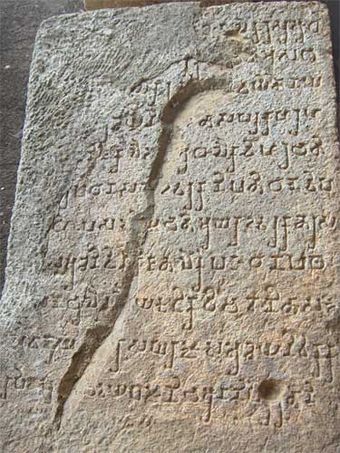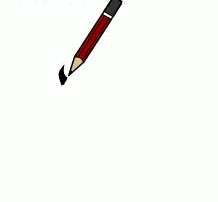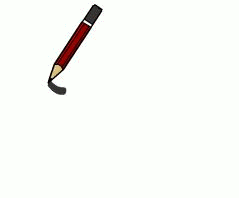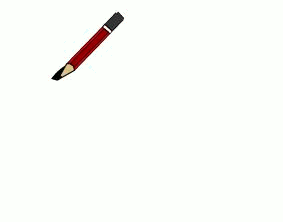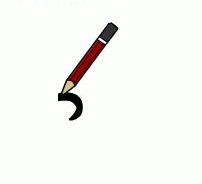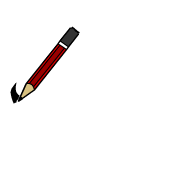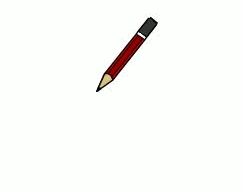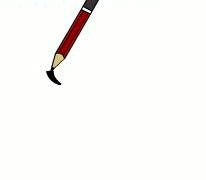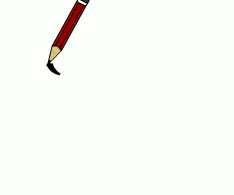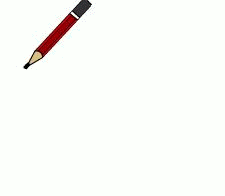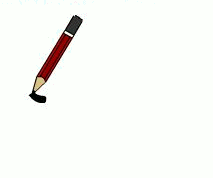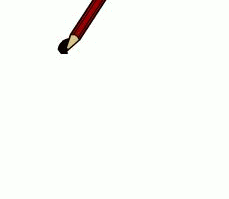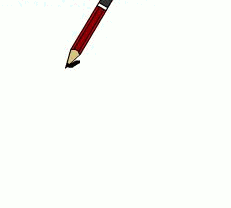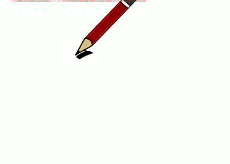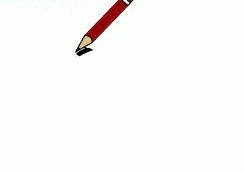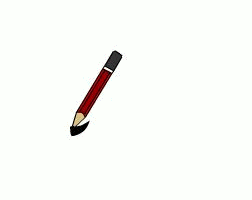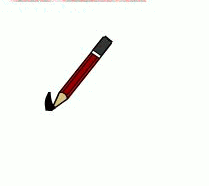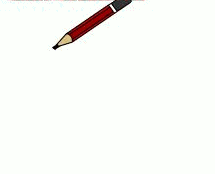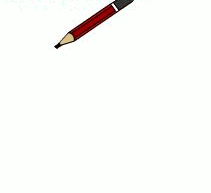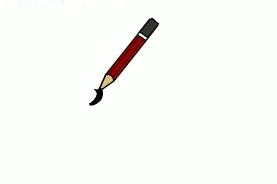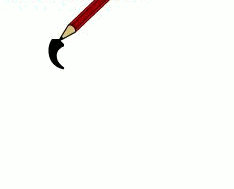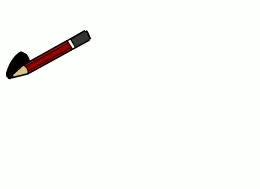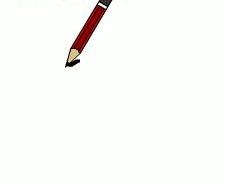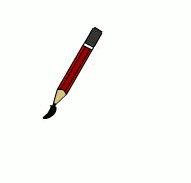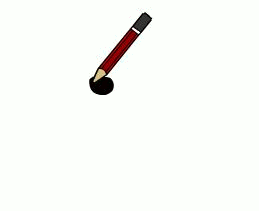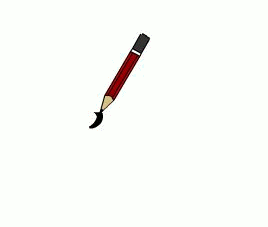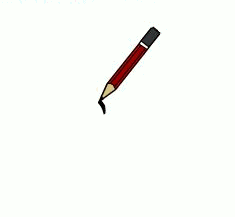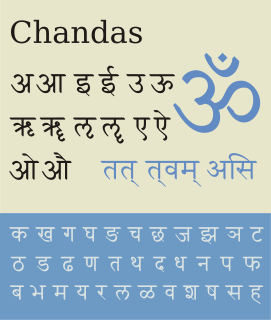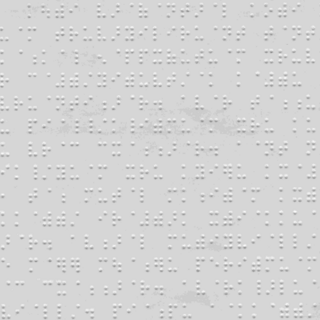This article may require cleanup to meet Wikipedia's quality standards.(March 2010) (Learn how and when to remove this template message) |
| Kannada script ಕನ್ನಡ ಲಿಪಿ | |
|---|---|
| Type | |
| Languages | Kannada Tulu Kodava Badaga Beary Sanketi Konkani Sanskrit |
Time period | 5th century–present [1] |
Parent systems | Proto-Sinaitic script [a]
|
Sister systems | Telugu Sinhala Mon |
| Direction | Left-to-right |
| ISO 15924 | Knda, 345 |
Unicode alias | Kannada |
| U+0C80–U+0CFF | |
[a] The Semitic origin of the Brahmic scripts is not universally agreed upon. | |
| Brahmic scripts |
|---|
| The Brahmic script and its descendants |
Northern Brahmic |
The Kannada script (IAST: Kannaḍa lipi) is an abugida of the Brahmic family, [2] used primarily to write the Kannada language, one of the Dravidian languages of South India especially in the state of Karnataka, Kannada script is widely used for writing Sanskrit texts in Karnataka. Several minor languages, such as Tulu, Konkani, Kodava, Sanketi and Beary, also use alphabets based on the Kannada script. [3] The Kannada and Telugu scripts share high mutual intellegibility with each other, and are often considered to be regional variants of single script. Other scripts similar to Kannada script are Sinhala script [4] (which included some elements from the Kadamba script [5] ), and Old Peguan script (used in Burma). [6]

An abugida, or alphasyllabary, is a segmental writing system in which consonant–vowel sequences are written as a unit: each unit is based on a consonant letter, and vowel notation is secondary. This contrasts with a full alphabet, in which vowels have status equal to consonants, and with an abjad, in which vowel marking is absent, partial, or optional. The terms also contrast them with a syllabary, in which the symbols cannot be split into separate consonants and vowels. Abugidas include the extensive Brahmic family of scripts of South and Southeast Asia, Semitic Ethiopic scripts, and Canadian Aboriginal syllabics.
The Brahmic scripts are a family of abugida or alphasyllabary writing systems. They are used throughout the Indian subcontinent, Southeast Asia and parts of East Asia, including Japan in the form of Siddhaṃ. They are descended from the Brahmi script of ancient India, and are used by languages of several language families: Indo-European, Dravidian, Tibeto-Burman, Mongolic, Austroasiatic, Austronesian, and Tai. They were also the source of the dictionary order of Japanese kana.

Kannada is a Dravidian language spoken predominantly by Kannada people in India, mainly in the state of Karnataka, and by significant linguistic minorities in the states of Andhra Pradesh, Tamil Nadu, Telangana, Kerala and abroad. The language has roughly 43.7 million native speakers, who are called Kannadigas. Kannada is also spoken as a second and third language by over 12.9 million non-Kannada speakers living in Karnataka, which adds up to 56.6 million speakers. It is one of the scheduled languages of India and the official and administrative language of the state of Karnataka.
Contents
- History
- Obsolete Kannada letters
- Kannada script evolution
- Vowel letters
- Yōgavāha
- Consonant letters
- Structured consonants
- Unstructured consonants
- Consonant conjuncts
- Pronunciation of letters
- Writing order
- Akshara
- Numerals
- Transliteration
- In popular culture
- Unicode
- See also
- References
- External links
The Kannada script (ಅಕ್ಷರಮಾಲೆakṣaramāle or ವರ್ಣಮಾಲೆvarṇamāle) is a phonemic abugida of forty-nine letters, and is written from left to right. The character set is almost identical to that of other Brahmic scripts. Consonantal letters imply an inherent vowel. Letters representing consonants are combined to form digraphs (ಒತ್ತಕ್ಷರottakṣara) when there is no intervening vowel. Otherwise, each letter corresponds to a syllable.
An inherent vowel is part of an abugida script. It is a vowel sound which is used with each unmarked or basic consonant symbol. For example, if the Latin alphabet used 'i' as an inherent vowel, we might write "Wikipedia" as "Wkpedia".
A syllable is a unit of organization for a sequence of speech sounds. It is typically made up of a syllable nucleus with optional initial and final margins. Syllables are often considered the phonological "building blocks" of words. They can influence the rhythm of a language, its prosody, its poetic metre and its stress patterns. Speech can usually be divided up into a whole number of syllables: for example, the word ignite is composed of two syllables: ig and nite.
The letters are classified into three categories: ಸ್ವರsvara (vowels), ವ್ಯಂಜನvyañjana (consonants), and ಯೋಗವಾಹಕyōgavāhaka (semiconsonants).
A vowel is one of the two principal classes of speech sound, the other being a consonant. Vowels vary in quality, in loudness and also in quantity (length). They are usually voiced, and are closely involved in prosodic variation such as tone, intonation and stress. Vowel sounds are produced with an open vocal tract. The word vowel comes from the Latin word vocalis, meaning "vocal". In English, the word vowel is commonly used to refer both to vowel sounds and to the written symbols that represent them.

In articulatory phonetics, a consonant is a speech sound that is articulated with complete or partial closure of the vocal tract. Examples are, pronounced with the lips;, pronounced with the front of the tongue;, pronounced with the back of the tongue;, pronounced in the throat; and, pronounced by forcing air through a narrow channel (fricatives); and and, which have air flowing through the nose (nasals). Contrasting with consonants are vowels.
The Kannada words for a letter of the script are ಅಕ್ಷರakshara, ಅಕ್ಕರakkara, and ವರ್ಣvarṇa. Each letter has its own form (ಆಕಾರākāra) and sound (ಶಬ್ದśabda), providing the visible and audible representations, respectively. Kannada is written from left to right. [7]



